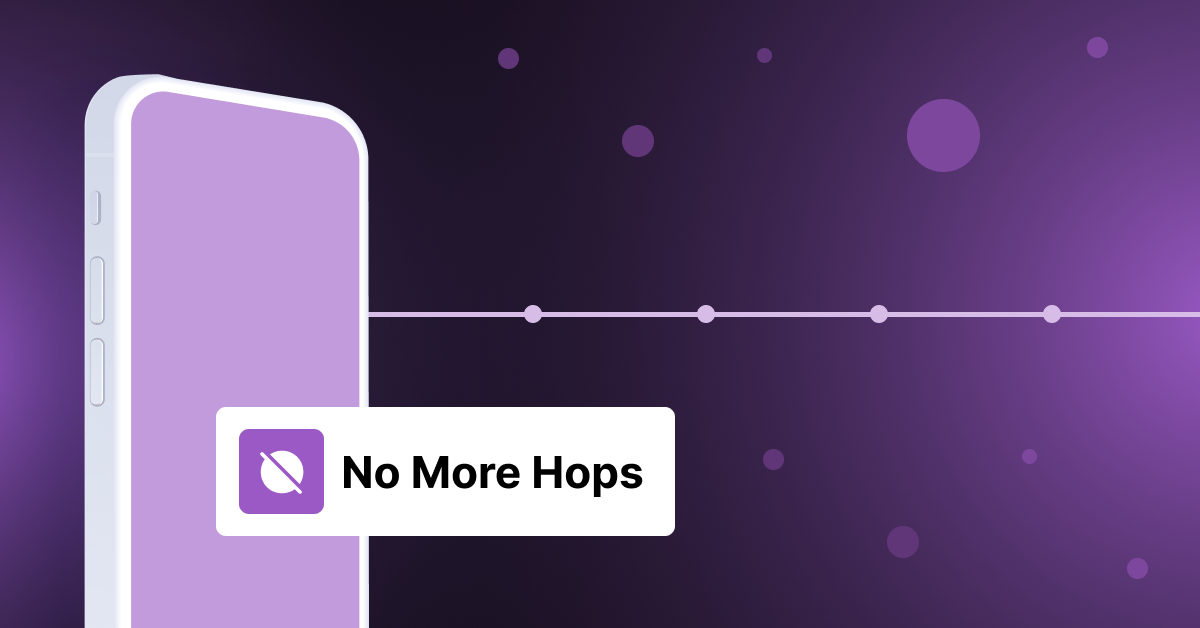Let’s talk about hops. Not the hops you find in beer; those are good. I’m talking about hops in networking, specifically in telecom. Those are the kinds of hops you don’t want. So…what’s a “hop.”
A hop is when a phone call (or any other traffic on a network) has to traverse a device, such as a router or switch, to get to its destination. All networks have them because those devices are what make networks work. But while these devices are necessary to make networks function, they create two problems: latency and additional points of failure.
Latency is the time it takes information to get from point A to point B. While traversing a device doesn’t take much time, just fractions of a second, consider that a tenth of a second is a long time in telecom. So the more devices a call has to route through, the more time it takes your voice to get to the person you’re talking to. Once this delay reaches a critical threshold, you no longer have a high quality phone call.
A point of failure is, well, a point where something can go wrong. The world’s an imperfect place where hardware, software, and the fiber optics that connect all those devices together sometimes break. Every time your connection has to pass over a different device, that’s another chance for a device to fail, resulting in dropped calls.
That means that if you’re a telecom carrier, and you’re handling real-time applications like voice, you want fewer hops. So what steps can you take to reduce hops?
Take control of your network
Control what’s in your control. When you hand a call off to the PSTN, you’re at the mercy of the PSTN. That means your call could traverse several carriers to reach the person you’re trying to call. Those carriers have different networks so they have hops. Instead of relying on the PSTN, set up peering arrangements where calls get routed directly to and from your peering partner. Avoiding all those carrier middlemen will reduce the latency and points of failure that can impede quality. Sounds easy right? It basically is, but you have to reach a critical mass of voice traffic to be a peering partner with the largest telecom providers. Fortunately, Bandwidth is one.
The power of a telecom carrier
We have peering arrangements with the largest carriers. So when a customer from one of these carriers calls a Bandwidth customer (or vice versa), the call routes directly between them and Bandwidth via fully diverse private links, cutting out the public internet while reducing latency and points of failure. We call that a no-hop connection, which is about as good as it gets.



